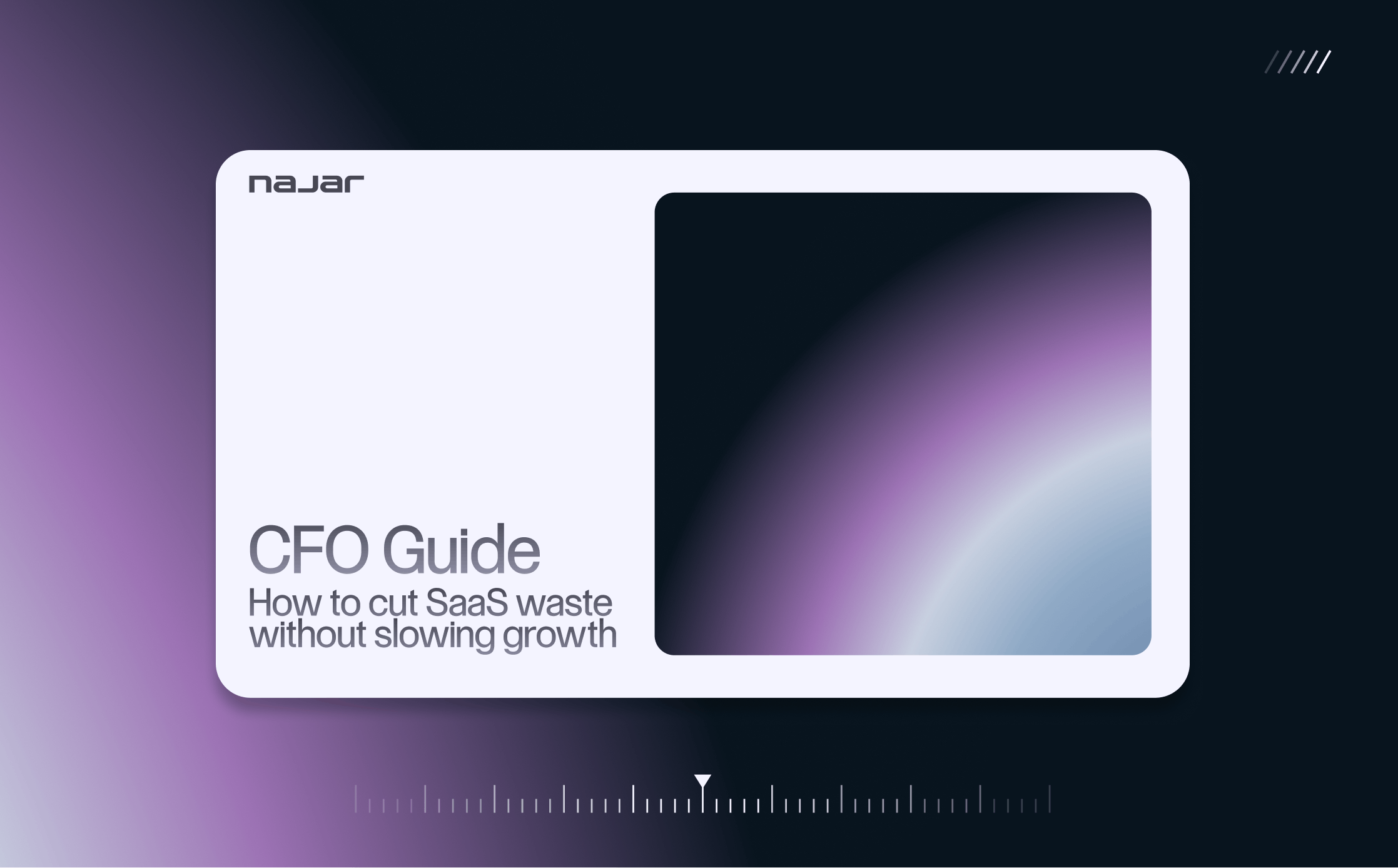According to Gartner, by 2025, half of all enterprise IT spending will be in the cloud. The proliferation of SaaS tools has never been greater.
The choice of the SaaS tool you wish to acquire for your teams is not trivial. It has significant consequences on the quality of your employees' work, but above all it has a financial cost that deserves to be monitored.
Before choosing the SaaS tool that your teams use on a daily basis, be sure to evaluate the different options available to you. Selecting the wrong tool can have regrettable repercussions, more or less important for your business.
How can selecting the right SaaS tool help you avoid financial overhead?
Pay attention to unused features
It is crucial to choose a SaaS tool that truly matches the needs of the company and your team, or risk paying for unnecessary features.
Upgrades to some SaaS software are costly and bring new features that your team may not use.
It is also possible that some features are redundant with other tools already in place in your company. For example, some management software allows actions similar to those of an invoicing software.
It is therefore important to have an exhaustive understanding of your SaaS tools to limit your expenses. Knowing their specifics will help you optimize your investments.
Understand the SaaS needs of your teams
Your SaaS needs are not the same depending on your industry, the size of your company and its organization. A complex business requires tools with specific functionality, which is important to identify.
It is therefore necessary to understand precisely the needs of your teams before your acquisition. To do this, don't hesitate to meet with your employees.
They are in the best position to know which tools would make their daily life easier. As you can imagine, human resources do not have the same needs as the IT department!
Once this step has been completed, you will have a much better view of the options you wish to integrate into your software (number of users, security level, compatibility with your traditional software, etc.).
Comparing tools is essential to choosing the best offer for your teams. It also gives you a better idea of the budget needed to choose the most cost-effective solution.
Preserve the productivity of your teams
A tool that is difficult to use or unsuited to your team's needs can lead to a loss of productivity. Your employees are forced to waste time trying to figure out how to use a software that is too complex yet supposed to save them time.
In some extreme cases, your employees may be forced to implement workarounds to get their work done because of the lack of a tool adapted to their needs.
It is also important to avoid frustration or demotivation of your employees. By choosing intuitive and easy-to-use tools, you allow them to gain in efficiency and productivity, while lightening their workload.
Guarantee the quality of your employees' work
In addition to the financial and human risks, a bad SaaS tool can have serious repercussions on the quality of your teams' work. Their impact will be more or less consequent on your activity. Here are some examples.
The harmful proliferation of SaaS tools
In addition to the financial burden we have discussed, the proliferation of tools inevitably leads to a more complex integration. Training your employees on each tool is a waste of valuable time.
If your employees are working on two different tools that offer redundant functionalities, updating information from one software to the other wastes considerable time for your teams. The risk of duplication and errors is also greatly increased.
Lack of regulatory compliance
It is important to verify that the tool you are using meets the regulatory compliance standards applicable to your industry. If not, you expose your company to significant legal and financial risks.
Each industry has its own set of regulations. It is therefore essential to acquire software that is adapted to your company's specific legal needs.
Loss of sensitive data
A good SaaS software is equipped with many features to protect sensitive data related to your business. By using an unsecured tool, you expose your business to the risk of data leakage or hacking.
Companies are increasingly prone to cyber-attacks that target their financial and business data. It is therefore necessary to take precautions to protect your business data, your employees and your external partners.
Damage to your reputation
A tool that is complicated to use or unsuitable is likely to cause delays or errors in the completion of tasks. By neglecting the practicality of your SaaS software, you run the risk of damaging your company's reputation with your customers and partners.
Your company's reputation as a potential employer could also suffer. Employees who are disillusioned with poor tool management can make you look bad by pointing to an organization that is difficult to work in.
The impact on employee motivation
Employees who use the wrong tools are likely to feel frustrated and demotivated. A bad tool makes your teams less efficient, which can be maddening.
This frustration can lead to a feeling of neglect of employee needs, which is particularly damaging to any business. So it's in a company's best interest to prove to its employees that it is listening to them by providing them with the right tools.
Choose the right SaaS tools to avoid risks
These risks are damaging to your teams and your business in general. So the SaaS tools you adopt need to be carefully considered. By taking a close look at the options available to you, you can make the optimal choice for your business.
How do I choose the right SaaS tools for my business?
First and foremost, it is important to define your needs precisely. Identify the departments that most need tools to automate and facilitate their daily tasks. It could be a CRM for your sales team, accounting software for the finance department, etc.
Define with your collaborators the functionalities they need, as well as the number of users involved. Knowing in advance if 50 people will need access to the invoicing software can help you make the right choice.
Finally, choose all-in-one software, which saves you from the proliferation of redundant tools and their financial and organizational costs. Make an exhaustive benchmark of the tools at your disposal, taking care to compare their functionalities.
To learn more about how to best choose SaaS software for your business, check out our buying guide.
Consult the SaaS experts
To ensure your choice of SaaS software, you can turn to the experts to outsource your software purchasing processes. Depending on their area of expertise, they can advise you on compliance, security or employee benefits.
Najar experts are trained to optimize your SaaS. By obtaining a comprehensive report of the applications used in your organization through Shadow IT, you can regain control of your business tools.
Also, request a comprehensive application inventory to optimize your SaaS spend, while keeping track of your contracts. Najar manages the purchasing process and management of your software, allowing you to focus on what matters most.
To take stock of your current spending on SaaS tools, take the test with our Savings Calculator.
It's crucial to make informed choices for your SaaS software. To do so, you need to have a clear understanding of the needs of your teams and your business. You also need to have experts who can provide guidance or take over the management of your tools.
A well-adapted SaaS portfolio allows you to optimize your business, while facilitating the work of your employees. This contributes to your brand image with your external collaborators, who feel the fluidity of your work processes.



